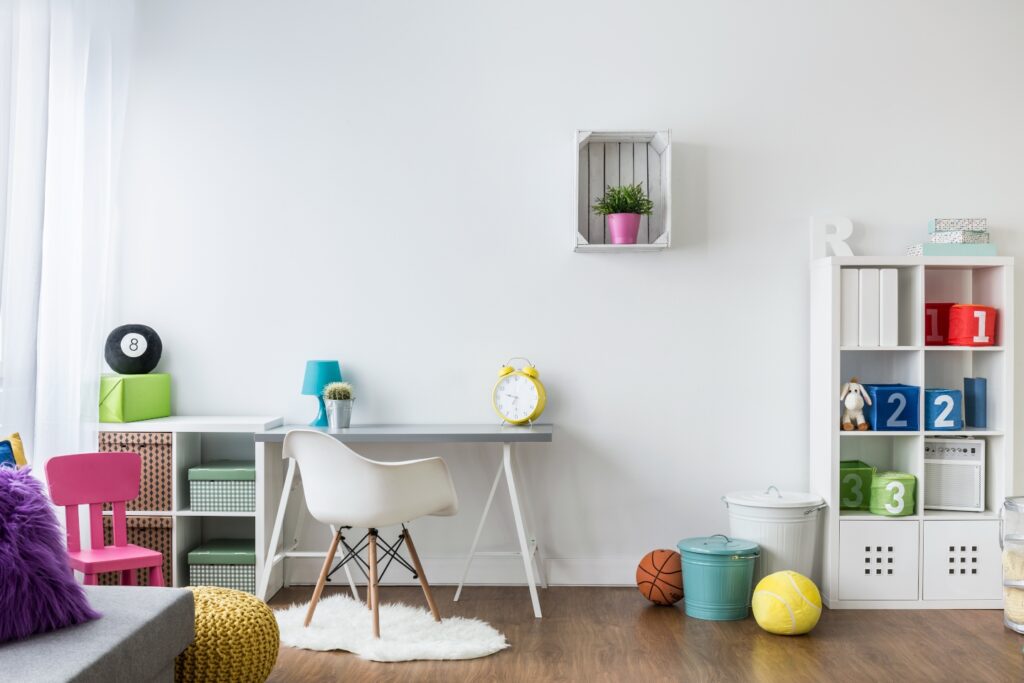It’s that time of year again, back to school season, when we send our learners to a new classroom full of possibilities. For some, that means immediate feelings of excitement and intrigue, while others are full of worry and angst. There are steps that you, as caregivers, can take in order to help ease your child back into all that the school year will hold – most involve establishing structure and routine that they can depend on before and after school. Let’s dig into some simple steps that we can all take (this mom of four included!) to set our children and ourselves up for success all year long!
Schedule, Schedule, Schedule
We all know how hard it can be to remain consistent and loyal to a set schedule and completely understand that there are times when we must veer from the plan. That said, we strongly encourage you to create a visual schedule for your kiddos for the week as a whole as well as each individual day so that everyone in your family knows exactly what to expect. This sense of security relieves a bit of tension as your learners head into each day/week which means they are much more likely to embrace the school day. I have also found that having a morning routine checklist by the door helps build their feelings of independence, strengthens their Executive Functioning, and alleviates that anxiety you feel every morning as you rush out of the door. Hey, you could even post one for the afternoon/evening routine too, why not? Check out these sample schedules and a morning routine checklist and feel free to make them your own!
Praise & Incentivize

Always (and I mean always) start with the positive, find something to praise your learner for prior to giving feedback or suggestions. Research substantiates this notion that children are more receptive to your insight when they feel heard and seen first. Give them a little boost of self-confidence and self-worth by pumping them up first so that they are more willing to follow through with some of the challenges that come their way academically or social-emotionally. Sometimes our learners also need a little physical encouragement such as a high five or a pat on the back (cue our blog on The Five Love Languages!). If all else fails, there is absolutely nothing wrong with a good ol’ fashion incentive system such as a sticker chart or the like. Earning a little extra screen time or tallies towards bigger rewards down the line can fuel some learners’ fire towards completing their homework and approaching each day with the mindset that they need to thrive!
Clear Space, Clear Mind

Clearing your learner’s homework space and creating a clutter-free nook can also clear their minds so that they can fully engage with the work that comes home each day. Visual noise is real, I speak from experience. Even if you or your learners are not aware of how disorganization is negatively affecting your ability to sustain attention, I promise it does to some extent. Establishing a reliable workspace, then mentoring your learner to maintain the organization provides them with the upper hand cognitively, so that they can spend their energy where it is needed – learning! For some inspiration, check out The Spruce’s list of ideas! Also, quick tip – your learner can help set up their desk with supplies that they might need each afternoon while doing their homework to further develop their planning and organizational skills. As an aside, please make sure that they have a folder strictly for carrying their homework back and forth from school, you’d be surprised how many times they don’t!
Communication is Key
Keeping open lines of communication with your learner and their teaching team can prevent surprises and, thus, unnecessary stress down the line. Helping your kiddo feel comfortable talking with you and their educators can create channels of trust and stability that allow them to seek support and guidance when they need it the most. By modeling how to speak with adults and their peers during casual, organic moments such as at the dinner table or driving in the car, you are putting your child on a positive path to lean into discomfort and secure their social-emotional health at the same time.
As expert Barbara Colorso believes, “Our children are counting on us to provide two things: consistency and structure. Children need parents who say what they mean, mean what they say, and do what they say they are going to do.” Whether it is a visual schedule, a colorful chart, or some fun desk organizers – every step you take to set your family up for success will not go unnoticed. Sometimes, all it takes is for you, the caregiver, to get excited about a new process or system, for the trickle-down effect to come alive!











